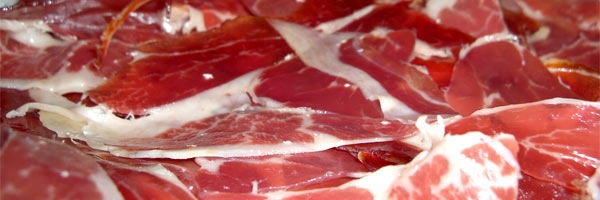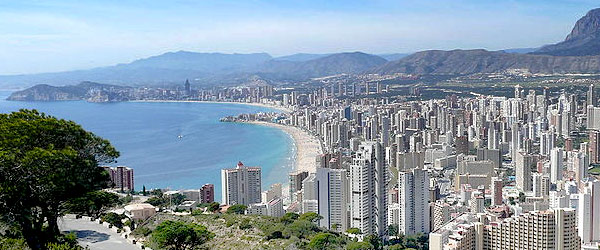El Camino de Santiago. Spain | donQuijote

Connoisseurs of Spain and lovers of hiking have undoubtedly heard of it, ¨El Camino de Santiago de Compostela¨. Located in the province of Galicia in northwestern Spain.
Making the trek on foot is a top feat, from the Netherlands it is about 2,500 kilometers and if you start from the Pyrenees 800 kilometers. In days that would be 100 days of walking from the Netherlands and a month from the Pyrenees! Every year 100,000 pilgrims undertake this journey. To know why this pilgrimage route is so popular, a little history.
According to tradition, it is the place where the mortal remains of the Apostle James the Greater, the patron saint of Spain, lie, so it is the ideal place to pray. After James was beheaded in Palestine, his body was placed in a boat and this boat reached the Galician coast by itself. The two disciples who traveled with him buried the body at Mount Libredón. Until the hermit Paio rediscovered the tomb in 813, the tomb of James had fallen into oblivion.The tomb has since become an attraction for Christians from around the world and not least for the ¨ordinary¨ hiker, who sees the trek as a challenge.
There are many roads that lead to Rome, including Santiago. From Europe there are several ways to Santiago, from the Netherlands the obvious way is via France. There is a pilgrim's pass in which the pilgrim can collect stamps from the villages he visits during the route. Once you arrive in Santiago de Compostela, you receive the ¨Compostela¨ a certificate that the pilgrimage route has been completed. In the Middle Ages, criminals could get a reduction or remission of punishment through this certificate.
You can see the great cathedral of Santiago from afar, then you know you have almost completed the route! In the square in front of the cathedral, pilgrims from all over the world gather and visit the cathedral. Inside the cathedral the air of incense hangs and an organ plays. And then, of course, there is the statue of St. James that you can hug. You sometimes have to stand in line for it, but it's worth it after the long trip! Outside in the square you can get the coveted certificate, the ¨Compostela¨, the crowning achievement of the pilgrimage, the Camino de Santiago.











